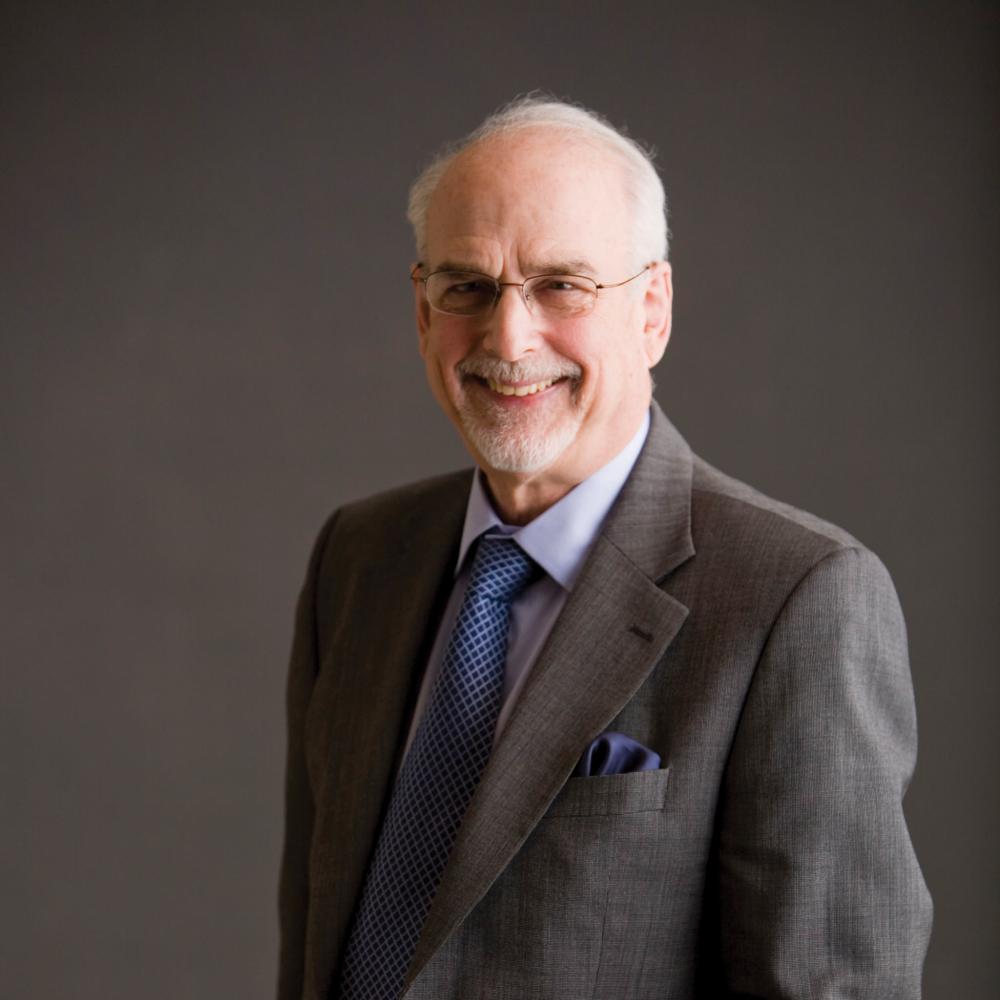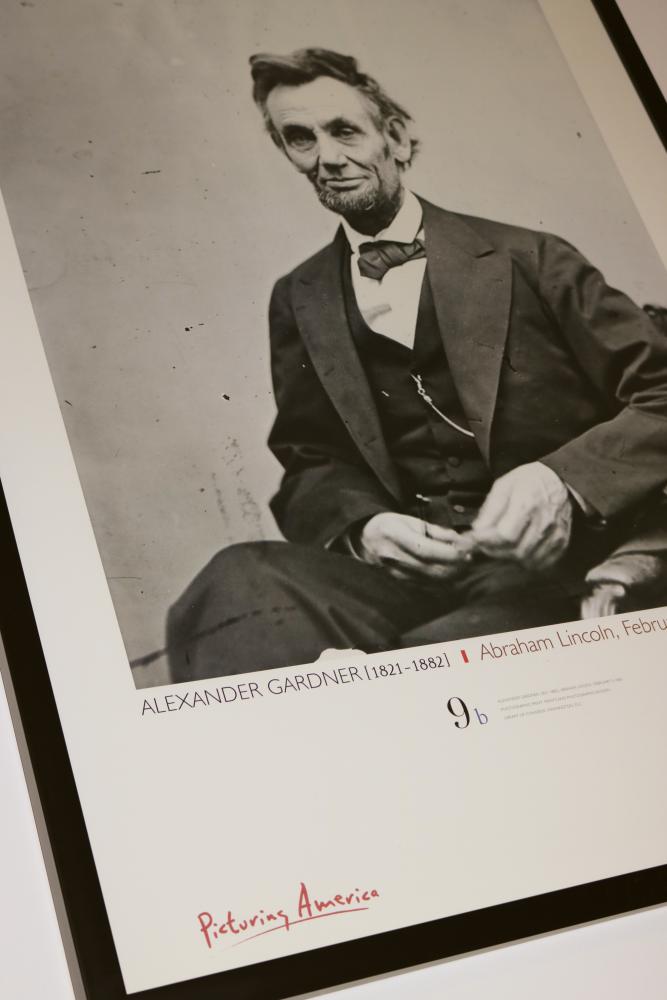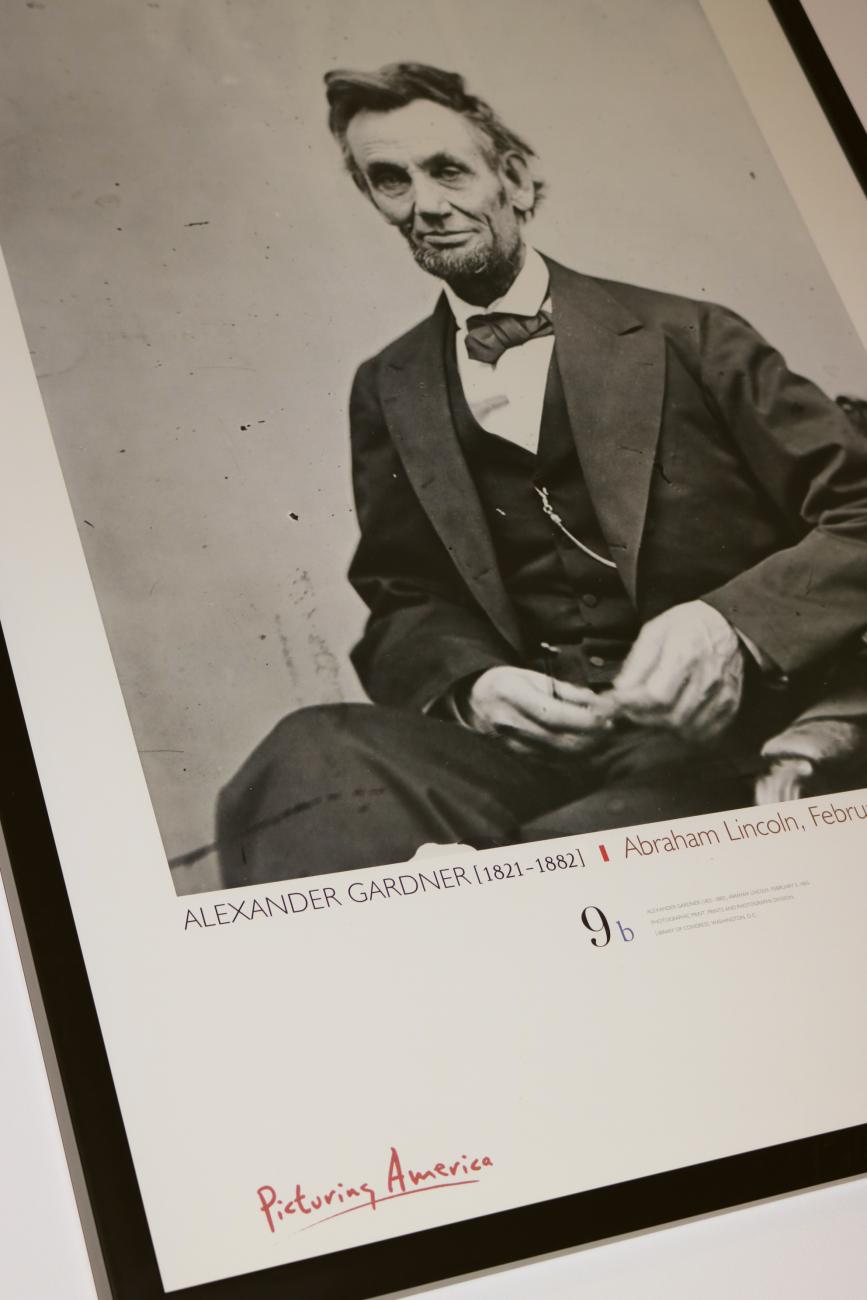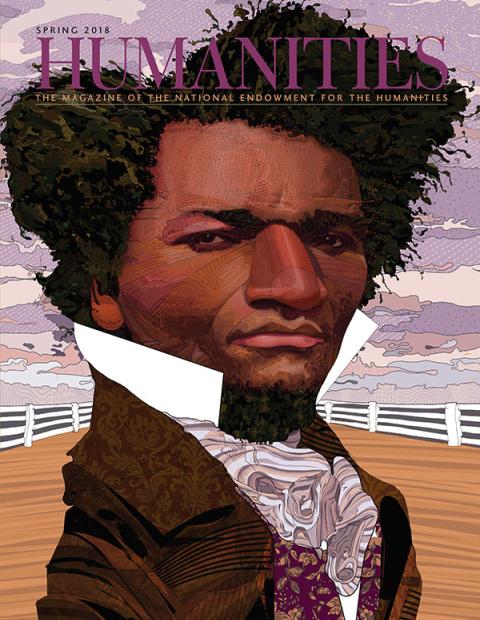Bruce Cole, who served as chairman of NEH from December 2001 through early 2009, passed away on January 8, 2018. A noted art historian and a distinguished government leader, he received the Presidential Citizens Medal in 2008.
Born in Cleveland, Ohio, in 1938, Cole did not, in his early years, have much interest in art. He visited the Cleveland Museum of Art with his aunt Gertrude, but he gave it no more thought until he was an undergraduate at Case Western Reserve University.
As he told Mary Lou Beatty of Humanities magazine in early 2002, Cole could remember the day in class that he opened a book and saw The Meeting of Saint Anthony and Saint Paul. A fifteenth-century narrative painting, it depicts the monastic Saint Anthony on a long journey as he seeks out Saint Paul the Hermit. While looking at this picture Cole was bitten by the art-history bug. What might have been a passing glance at an antique image became a window onto an extraordinary act of human striving and imagination.
He went on to study the Renaissance with historian Marvin Becker. Art became his subject and led to a dissertation and study abroad. He was in Florence in 1966 as a fellow at the Kunsthistorisches Institut, a research library for Renaissance art, when the Arno River flooded the city.
Fifty years later, Cole recalled the “conservators and scholars from all over the world who . . . flocked to the city, bringing their technical know-how to rescue the city’s art. . . . It was an international rescue mission that affirmed the universal importance of art for all humanity, something worth recalling in these days of its wanton destruction by the enemies of civilization.”
In 1971, Cole received a research fellowship from NEH, followed by grants and fellowships from the Guggenheim Foundation, the American Council of Learned Societies, the Kress Foundation, the American Philosophical Society, and the Center for Medieval and Renaissance Studies at UCLA. A prolific scholar and teacher, he wrote 15 books and many articles. In all, he would receive nine honorary doctorates and be named a Knight of the Grand Cross by the Italian government.
A celebrated professor at Indiana University—having joined the faculty in 1973—he was named to the National Council on the Humanities in 1992. Nine years later, President George W. Bush nominated him chairman of NEH. Three days after September 11, the U.S. Senate confirmed the nomination.
As chairman of NEH, he emphasized excellence, but not just for the few. His signature initiative, We the People, sought to place the treasures of American heritage before all Americans. Its well-known offspring, Picturing America, shipped sets of high-quality reproductions of 40 classic pieces of American art to some 80,000 classrooms and libraries.
Cole had a knack for great programming, and yet he also cherished the interviews he conducted with writers and thinkers in the pages of Humanities magazine. And he retained the ability to think like a scholar, seizing the opportunity for NEH to become a leader in the field of digital humanities when the field’s potential was not so apparent to others.
More than a few people at NEH remember Cole particularly for his leadership on Picturing America. Agency staff are accustomed to making grants so others can develop humanities programs, and Picturing America involved several partners, but the lion’s share of product development was done in house. Selection of the art, research and writing of the teacher’s guide, extensive permissions work, poster design, all of the editing and book design, the design of the Picturing America logo, all were completed under Cole’s leadership by NEH staff. Even the design of the box for shipping and storing posters and the book was roughed out at NEH.
Cole believed it could be done, and it was. Today, these posters continue to be used in schools and libraries around the country. They also hang on the walls of the offices of NEH, where Cole’s successors, Democrat and Republican alike, nod with respect at the scale of such ambition, wondering when we’ll see its like again.




